
Malva sylvestris
(MRP Inclusive of all taxes)
- Shipping ₹79 for entire order
- Dispatch in 7 days
- Country of origin: India

(MRP Inclusive of all taxes)
 Save 29%
Save 29%
Air Purifier Money Plant with Pot The Air Purifier Money Plant, also known as Pothos or Epipremnum aureum, is a stunning indoor plant that...
View full details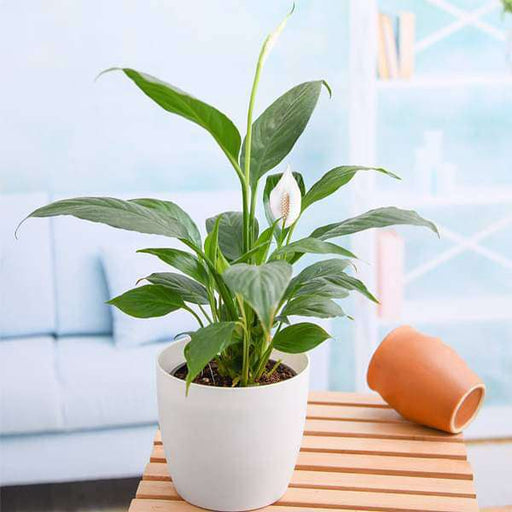
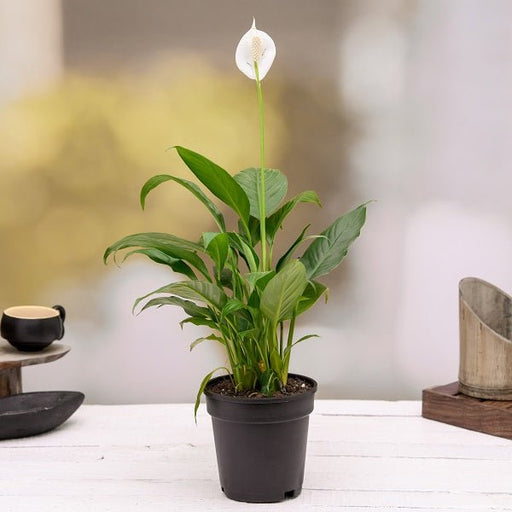 Save up to 15%
Save up to 15%
Peace Lily, Spathiphyllum - Plant The Peace Lily, scientifically known as Spathiphyllum, is a stunning houseplant celebrated for its elegant white...
View full details
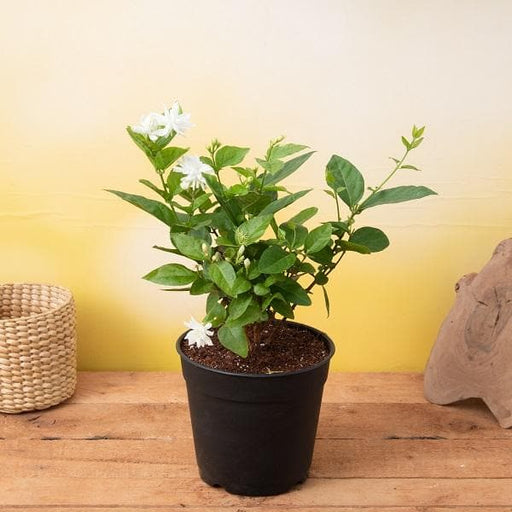 Save 25%
Save 25%
Jasminum sambac, Mogra, Arabian Jasmine - Plant Jasminum sambac, commonly known as Mogra or Arabian Jasmine, is a fragrant flowering plant...
View full details
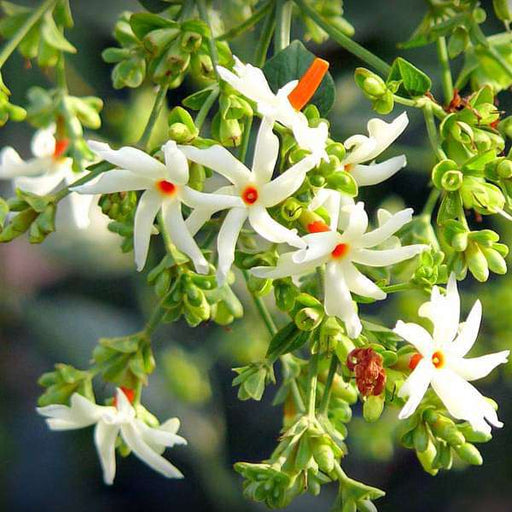 Save 18%
Save 18%
Combo Constituents Includes the Parijat Tree (Night-Flowering Jasmine), a culturally significant plant with fragrant flowers. Description The Pari...
View full details
 Save 25%
Save 25%
Miniature Rose, Button Rose (Any Color) - Plant The Miniature Rose, also known as the Button Rose, is a charming and compact flowering plant that ...
View full details Save 25%
Save 25%
Damascus Rose, Scented Rose (Any Color) - Plant The Damascus Rose, also known as Rosa damascena, is a timeless symbol of beauty and romanc...
View full details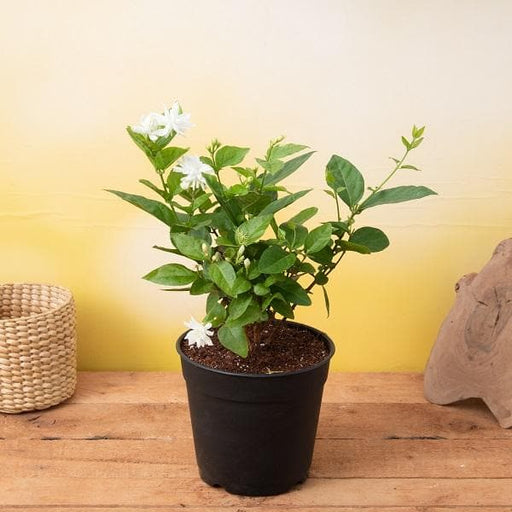
 Save 17%
Save 17%
Beautiful Fragrant Mogra, Arabian Jasmine Plant with Pot The Beautiful Fragrant Mogra, also known as Arabian Jasmine (Jasminum sambac), is...
View full details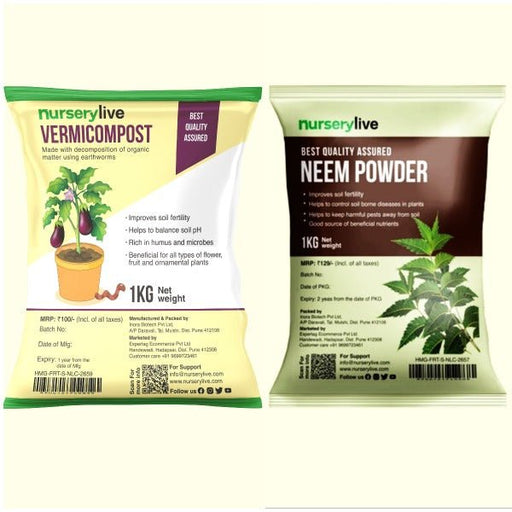 Save 15%
Save 15%
Pack of Vermicompost and Neem Cake for House Plants Transform your indoor garden with our premium Pack of Vermicompost and Neem Cake, spec...
View full details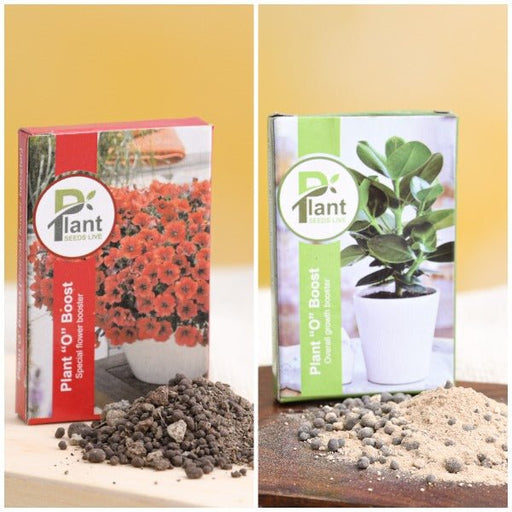
Pack of Plant Growth and Flower Boosters Unlock the full potential of your garden with our Pack of Plant Growth and Flower Boosters! This ...
View full details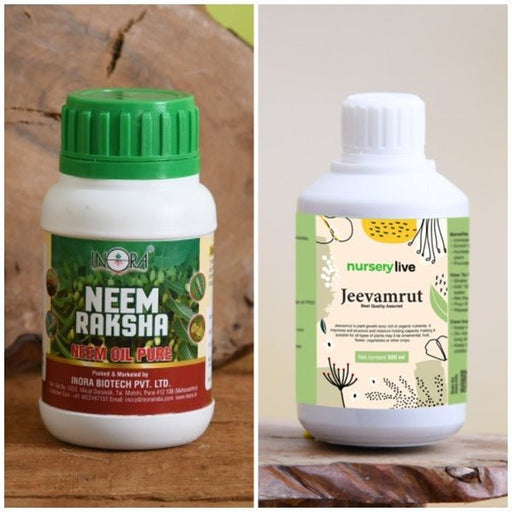 Save 38%
Save 38%
Combo of Jeevamrut and Neem Raksha for Easy Growth and Protection of Houseplants Transform your indoor garden with our exclusive combo of ...
View full details Save 22%
Save 22%
Plant Nutrients Kit (Pack of 16) for a Healthy Garden Transform your garden into a lush paradise with our Plant Nutrients Kit, featuring 1...
View full details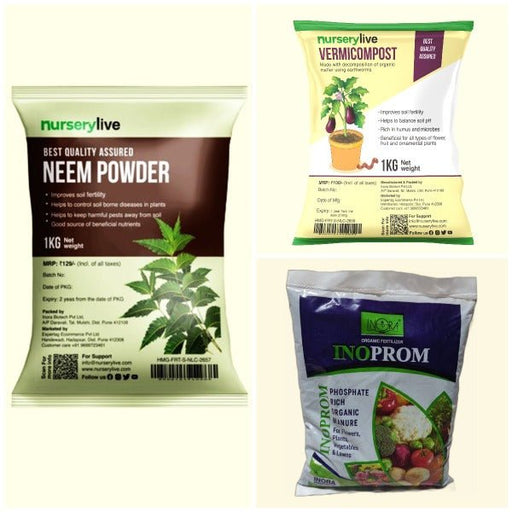 Save 16%
Save 16%
Combo of Top Plant Fertilizers Elevate your gardening game with our exclusive Combo of Top Plant Fertilizers, featuring two bags of premiu...
View full details Save 24%
Save 24%
Pack of 4 Additives to Make Soil Healthy and Nutrient Rich Transform your garden into a thriving ecosystem with our Pack of 4 Additives de...
View full details Save 30%
Save 30%
Transform your gardening experience with our premium Combo of Perlite and Vermiculite. This unique blend is designed to enhance soil aeration and ...
View full details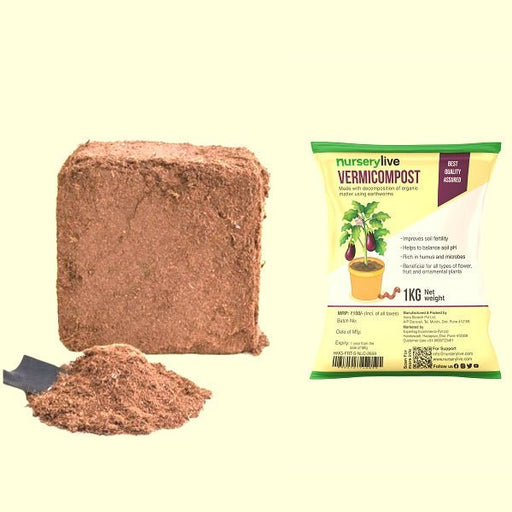 Save 27%
Save 27%
Combo of 2 Vermicompost and Cocopeat - Enrich Your Soil Naturally! Transform your garden into a thriving ecosystem with our Combo of 2 Ver...
View full details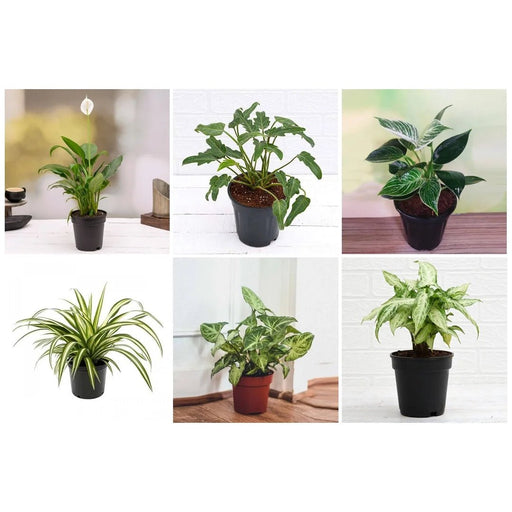
 Save 35%
Save 35%
Best 6 Plants for Perfect Indoor Garden Transform your living space into a lush oasis with our curated collection of the Best 6 Plants for a...
View full details
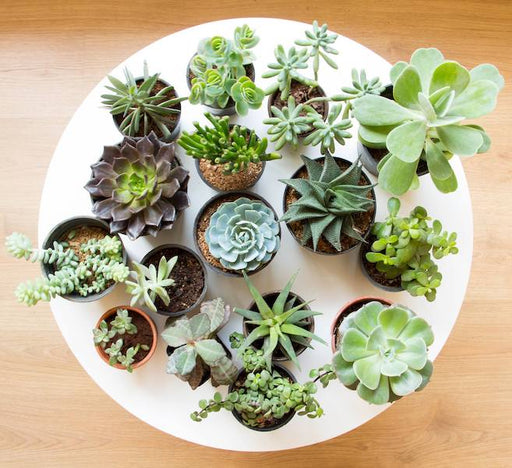 Save up to 50%
Save up to 50%
Mini Succulent Garden Pack Transform your space with our Mini Succulent Garden Pack, featuring a delightful collection of 4 any variety beautiful s...
View full details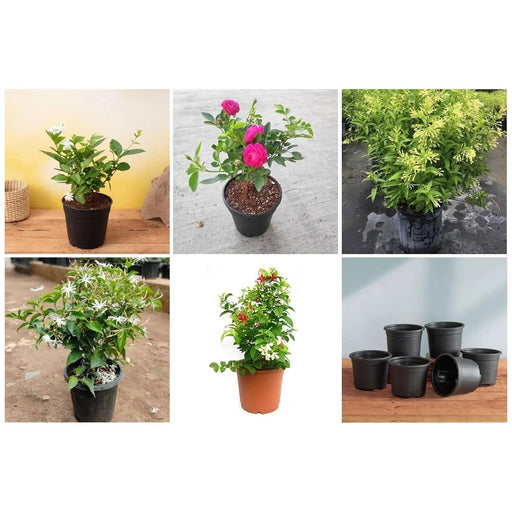
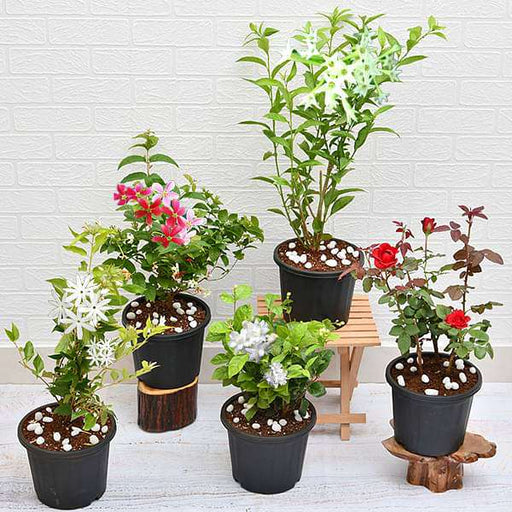 Save 30%
Save 30%
5 Best Fragrant Plants Transform your garden or indoor space into a fragrant paradise with our curated selection of the 5 Best Fragrant Plants. Th...
View full details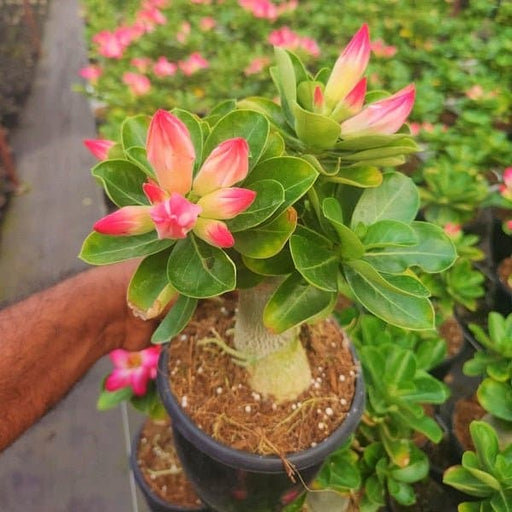
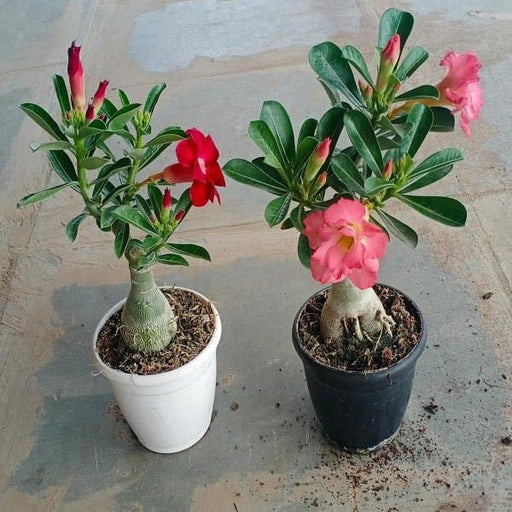 Save 24%
Save 24%
Set of 2 Bonsai Looking Grafted Adeniums Transform your indoor or outdoor space with our exquisite Set of 2 Bonsai Looking Grafted Adenium...
View full details Save 45%
Save 45%
Top 4 Die Hard Succulents Pack Transform your indoor or outdoor space with our Top 4 Die Hard Succulents Pack, featuring a curated selecti...
View full details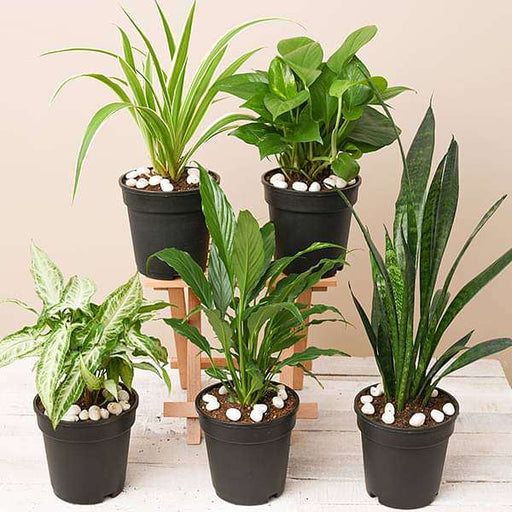
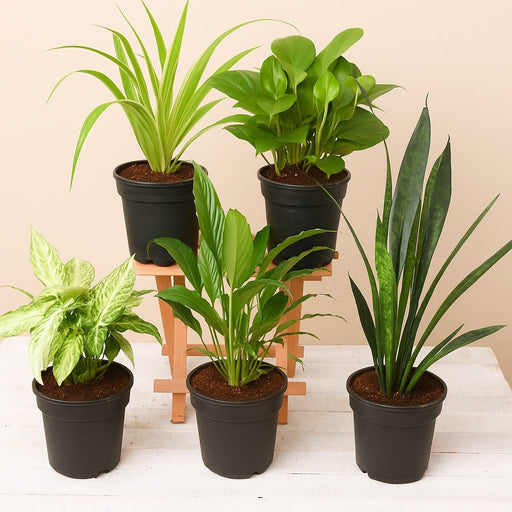 Save 30%
Save 30%
5 Best Indoor Plants Pack Transform your living space into a lush oasis with our '5 Best Indoor Plants Pack.' This carefully curated collection fe...
View full details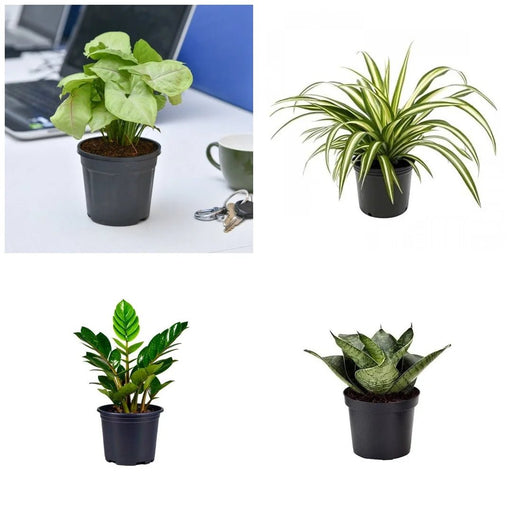
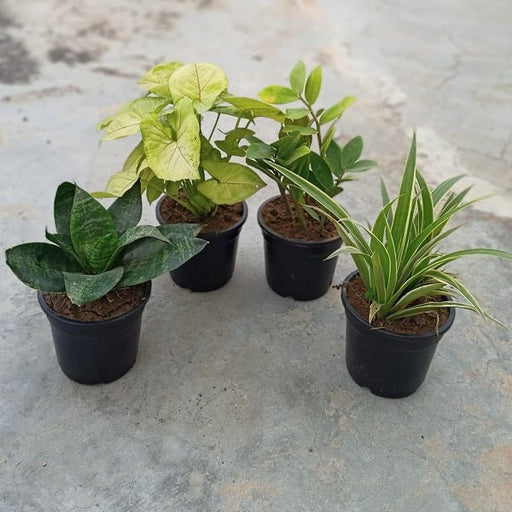 Save 25%
Save 25%
Set of 4 Evergreen Air Purifier Plant Pack Transform your indoor space into a lush, green oasis with our Set of 4 Evergreen Air Purifier Pla...
View full details| SrNo | Item Name |
|---|---|
| 1 | Malva sylvestris |
Malva sylvestris, commonly known as the Common Mallow or High Mallow, is a perennial herbaceous plant belonging to the Malvaceae family. This stunning wildflower is native to Europe, North Africa, and parts of Asia, and is celebrated for its vibrant purple-pink flowers and heart-shaped leaves. With a height of up to 1 meter, it thrives in a variety of environments, making it a popular choice for gardens and natural landscapes.
What makes Malva sylvestris special is its rich history and versatility. Used since ancient times for its medicinal properties, this plant has been a staple in herbal remedies. Its flowers and leaves are not only beautiful but also edible, adding a unique touch to salads and dishes. Additionally, it attracts pollinators, contributing positively to local ecosystems.
One of the standout features of Malva sylvestris is its ability to adapt to various soil types and conditions, making it an excellent choice for gardeners looking for low-maintenance yet stunning plants. Its resilience and beauty make it a favorite among both novice and experienced gardeners.
Malva sylvestris plays a crucial role in supporting local ecosystems. By attracting pollinators and providing habitat for various insects, it contributes to biodiversity. Additionally, its ability to thrive in poor soil conditions makes it an excellent choice for soil stabilization and erosion control.
This charming little plant isn’t just a pretty face; it’s a veritable treasure trove of health benefits. Known for its soothing properties, Malva sylvestris can help ease coughs and sore throats, making it a go-to for those pesky winter colds. It’s like having a tiny herbal doctor in your garden, ready to whip up a remedy at a moment’s notice. Plus, its anti-inflammatory properties can help calm irritated skin, making it a favorite among natural beauty enthusiasts. Who knew a plant could be so multi-talented?
a sunny meadow, a gentle breeze, and Malva sylvestris standing tall, soaking up the sun. This plant thrives in well-drained soil and loves to bask in full sunlight. It’s the ultimate sun worshipper, often found in wildflower gardens, roadsides, and even neglected lots. It’s like the free spirit of the plant world, popping up where it pleases and bringing a splash of color wherever it goes.
Growing Malva sylvestris is like hosting a garden party where everyone’s invited. This hardy perennial is easy to cultivate, requiring minimal fuss. Just plant the seeds in spring, give them a little water, and watch them flourish. They’re not picky about soil, but they do appreciate a sunny spot. Before you know it, you’ll have a delightful display of purple flowers that will make your neighbors green with envy.
From herbal teas to skin balms, Malva sylvestris is the Swiss Army knife of the plant kingdom. Its leaves and flowers can be brewed into a soothing tea that’s perfect for a cozy evening. Want to impress your friends? Whip up a homemade salve using its leaves for a natural remedy that’s sure to spark conversation. This plant is not just a pretty face; it’s a versatile companion in the kitchen and the medicine cabinet.
With its striking purple flowers and heart-shaped leaves, Malva sylvestris is the belle of the botanical ball. Standing at about 1-3 feet tall, it boasts a bushy appearance that adds character to any garden. The flowers, resembling little stars, bloom from late spring to early fall, ensuring your garden stays vibrant for months. It’s like having a floral fireworks display right in your backyard.
Want to spread the love? Propagating Malva sylvestris is as easy as pie. You can start with seeds or take cuttings from an existing plant. Just ensure they have enough sunlight and water, and soon you’ll have a whole army of these delightful plants marching across your garden. It’s the perfect way to share the joy of gardening with friends and family, or just to create your own Malva sylvestris empire.
Fear not, for Malva sylvestris is a tough cookie when it comes to pests. While it may attract a few curious critters, it’s generally resistant to most garden pests. However, keep an eye out for aphids and snails, who might think they’ve stumbled upon an all-you-can-eat buffet. A little soapy water or a sprinkle of diatomaceous earth can send them packing, ensuring your plant remains the star of the show.
For centuries, Malva sylvestris has been the go-to plant for herbalists and healers. Its leaves have been used in poultices to soothe wounds, while its flowers have found their way into teas for respiratory relief. It’s like having a wise old sage in your garden, ready to share its ancient wisdom. So, if you’re feeling under the weather, consider brewing a cup of Malva tea and channeling your inner herbalist.
Buzz, buzz! Malva sylvestris is a magnet for pollinators, attracting bees, butterflies, and other friendly critters to your garden. Its vibrant flowers are like a neon sign saying, “Welcome, pollinators!” This plant not only beautifies your space but also plays a crucial role in supporting local ecosystems. So, plant some Malva sylvestris and watch your garden come alive with the delightful hum of nature’s busy workers.
Who knew Malva sylvestris could spice up your culinary adventures? The leaves and flowers are edible and can add a pop of color to salads or be used as a garnish for your gourmet dishes. Imagine serving a salad adorned with these lovely purple blooms—your guests will be impressed, and you’ll be the talk of the town. It’s a delicious way to incorporate a bit of nature’s beauty into your meals.
Malva sylvestris is not just a pretty plant; it’s also a soil superhero. Its deep roots help aerate the soil, improving drainage and promoting healthy growth for neighboring plants. Plus, as it grows, it adds organic matter to the soil when its leaves decompose. It’s like having a little gardener working tirelessly underground, ensuring your garden thrives. So, plant some Malva sylvestris and let it work its magic on your soil.
This enchanting plant has inspired artists and poets for centuries. Its delicate beauty and vibrant colors have graced paintings, textiles, and even literature. Malva sylvestris is like the muse of the plant world, captivating hearts and minds with its charm. So, whether you’re an artist looking for inspiration or just someone who appreciates beauty, this plant is sure to leave a lasting impression.
Malva sylvestris, also known as common mallow, is a charming perennial herb that graces gardens and meadows alike. With its delightful pink-purple flowers and heart-shaped leaves, it’s like nature’s own confetti. Not just a pretty face, it’s also packed with medicinal properties, making it the multitasker of the plant world.
Malva sylvestris loves to strut its stuff in temperate regions across Europe, Asia, and North Africa. It’s a fan of sunny spots and well-drained soil, often popping up in gardens, roadsides, and even the occasional neglected lot. Think of it as the rebellious teenager of the plant kingdom, thriving where it pleases.
Absolutely! Malva sylvestris is not just a pretty flower; it’s also a culinary delight. Young leaves and flowers can jazz up salads or be tossed into soups. Just remember, moderation is key—too much of a good thing can turn your dinner party into a botanical experiment gone wrong.
Malva sylvestris has a long history as a herbal remedy. It’s known for soothing sore throats, easing coughs, and calming irritated skin. Think of it as your friendly neighborhood herbalist, ready to lend a hand when you’re feeling under the weather. Just don’t expect it to brew your tea!
Propagating Malva sylvestris is as easy as pie! You can start from seeds or take cuttings in spring. Just plant them in well-drained soil, give them some sunshine, and watch them flourish. It’s like giving your garden a little gift that keeps on giving—who doesn’t love that
While Malva sylvestris can spread like gossip at a family reunion, it’s not typically classified as invasive. It can self-seed and pop up in unexpected places, but it usually plays nice with other plants. Just keep an eye on it, or you might find it crashing your garden party uninvited.
Malva sylvestris thrives in full sun and well-drained soil, making it the sunbather of the plant world. It’s not too picky about soil type, but it does appreciate a little organic matter. Just give it some space to spread its roots, and it’ll reward you with a floral fiesta.
Oh, you bet! Malva sylvestris is like a VIP lounge for pollinators. Its vibrant flowers are a magnet for bees, butterflies, and other winged wonders. Plant it in your garden, and you’ll have a buzzing party of pollinators, turning your yard into a lively ecosystem. Who knew gardening could be so social
Caring for Malva sylvestris is a breeze! Water it moderately, especially during dry spells, and give it a little trim after flowering to keep it tidy. It’s low-maintenance, so you can spend more time sipping tea and admiring its beauty rather than fussing over it. Cheers to that!
Malva sylvestris is quite the tough cookie! It can withstand light frosts, making it a resilient addition to your garden. However, if you live in a region with harsh winters, consider giving it a cozy mulch blanket. It’s like tucking your plant in for a good night’s sleep—sweet dreams, little mallow!
Malva sylvestris is generally low on the pest radar, but it can occasionally attract aphids or powdery mildew. Think of it as a minor inconvenience rather than a full-blown crisis. A little neem oil or good ol’ soap spray can send those pests packing, keeping your mallow happy and healthy.